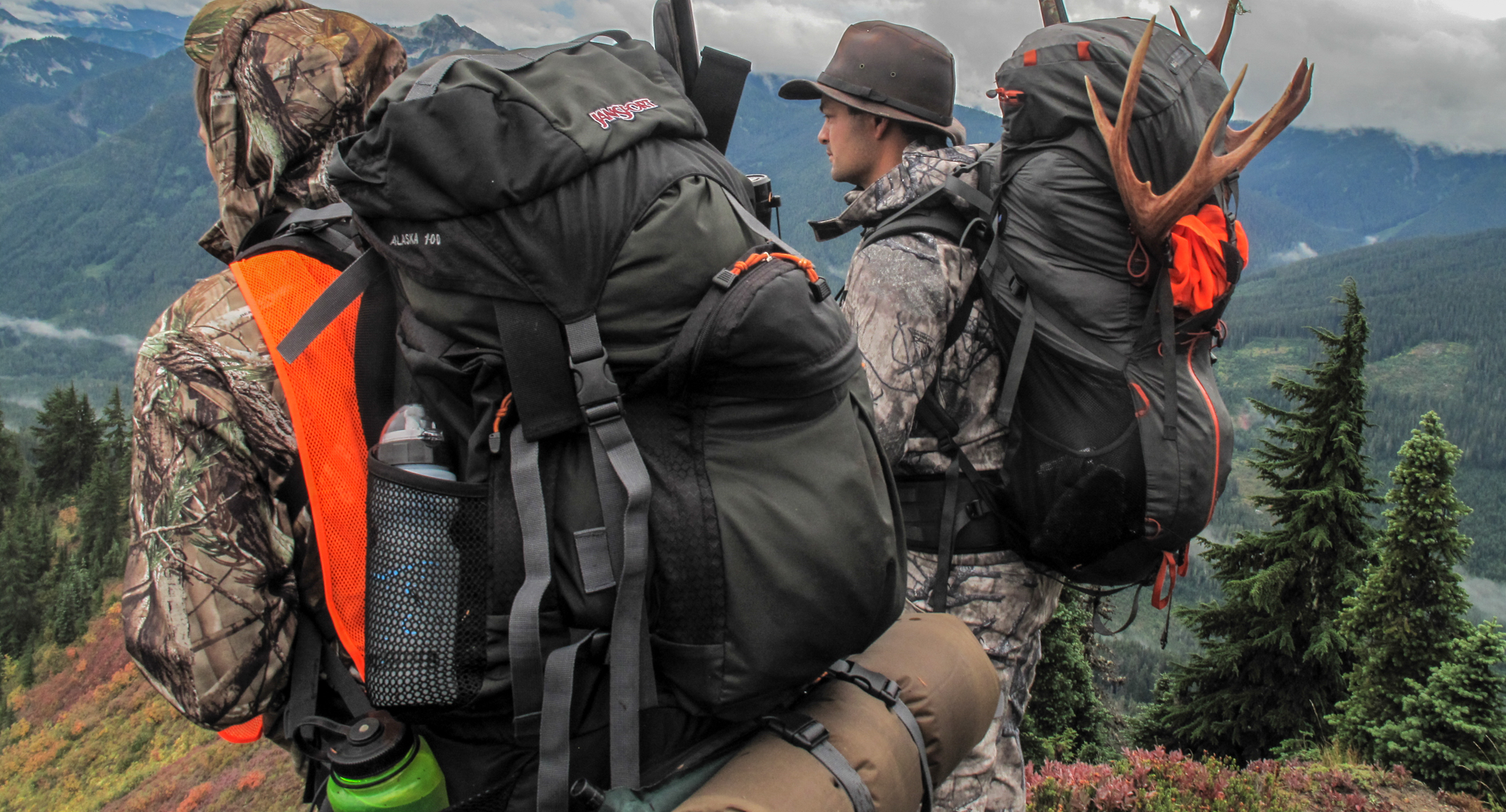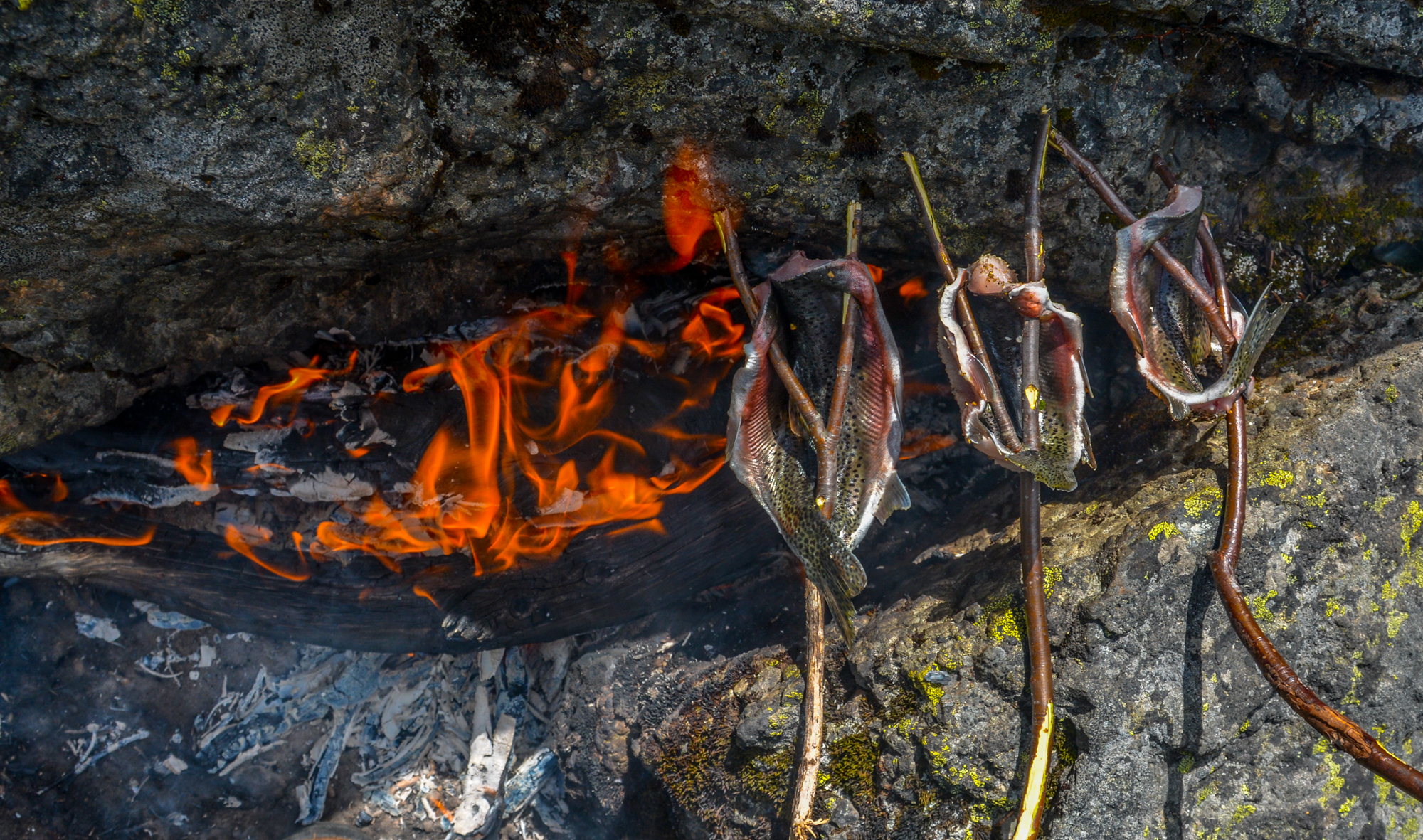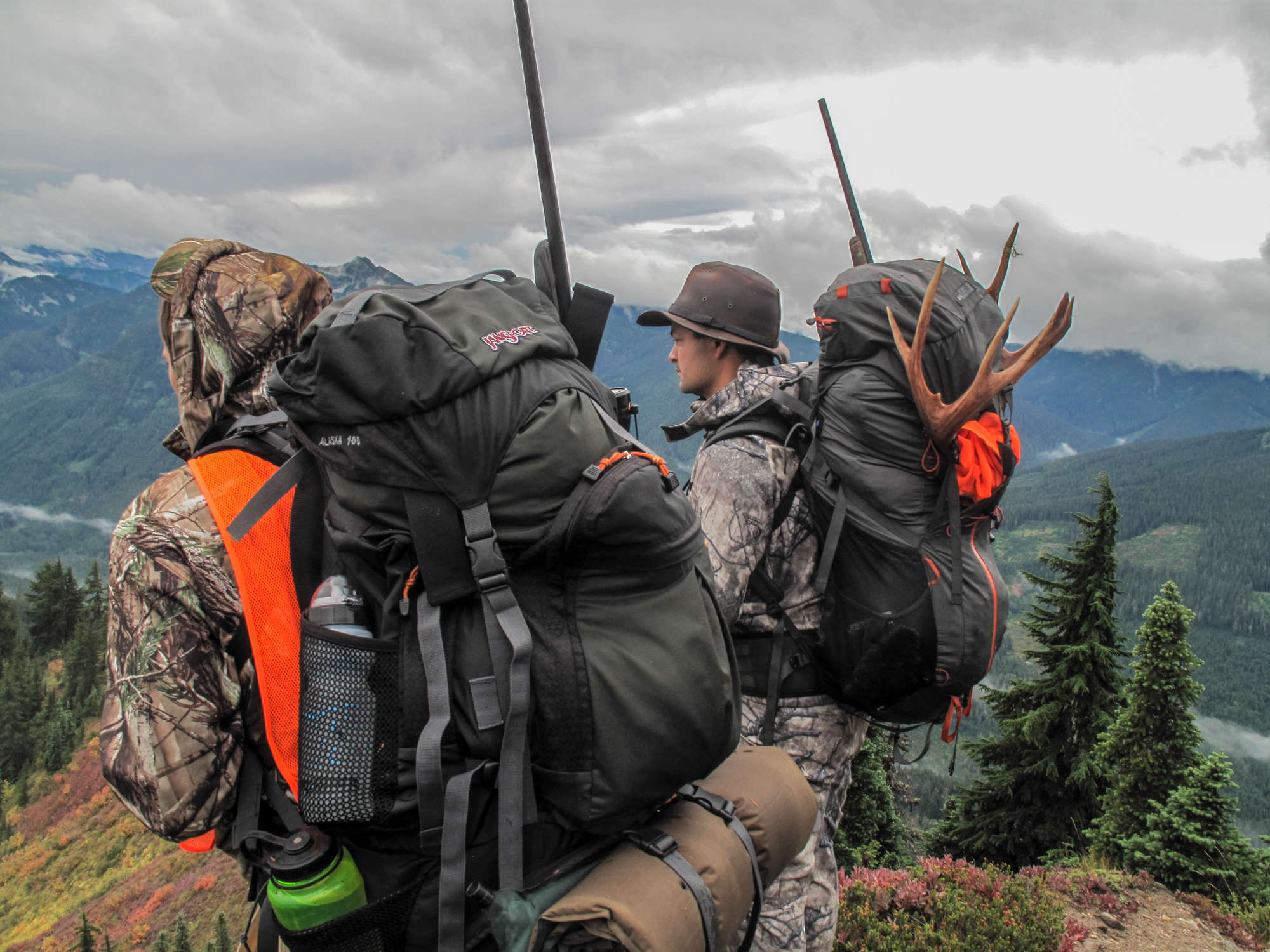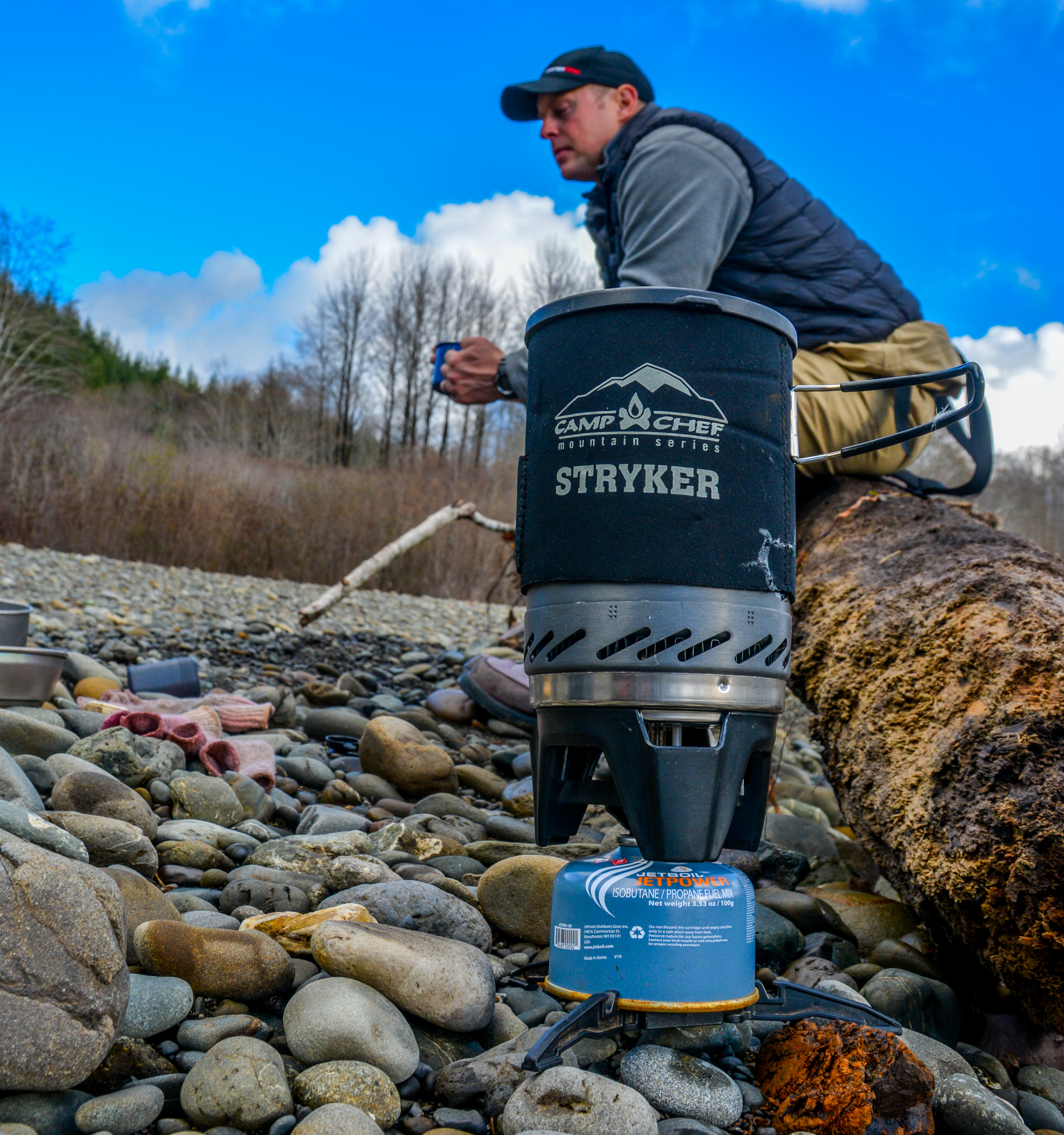Backcountry Gear Starters 2
Gear to get you started hunting the backcountry
by Jason Brooks
For the backcountry hunter and hikers there really is no “off season” but instead the “adjustment season”. When the snows are too deep to get safely into the high country then it is time to organize and critique our gear. Veteran backcountry explorers know that mending, cleaning, and evaluating gear is an important part of success. For those that are new to the backcountry game this is the time to research and gain knowledge on what you really need in the high country. Here are a few tips to get a novice started as well as reminder for the experienced backcountry hunter to go thru their gear and purchase any necessities for the coming season.
Shelter
Probably the most important gear is your shelter and it can vary depending on the season you plan to hunt as well as where you prefer to hunt. For hunters that find themselves along the Cascade crest or high elevations then rain and even snow is not uncommon during the early September “High Hunt” in Washington. I’ve spent so many nights in a “bivvy bag” during a rainstorm that I now prefer to put some extra weight into my pack by using a three season, two-person tent. When I am joined by a hunting companion we split the load and I carry a three-person tent and they carry other shared items.
Teepee’s and “hot tents” are becoming very popular in the backcountry these days, as well. These lightweight nylon tarp shelters are easy to pitch and when combined with a titanium stove you can stay warm during the surprise snow storm and dry out after an afternoon rain squall. One drawback is that most models don’t use a floor as this adds a lot of weight.
Food
Back in the “good ole’ days” the MRE, or Meal Ready to Eat, perfected in the finest kitchens the U.S. Military could find, at the lowest bid of course, meant we gorged on high calorie, high sodium, food that would live well past our lifetime. They are heavy and produced a lot of garbage with their packaging. Since then freeze dried meals started showing up in our packs and now there are many supplements we can add throughout our day to increase our energy. Check out some of the products by MtnOps. And when it comes to coffee, it’s hard to beat a fresh brewed cup and thanks to some innovative processing and packaging Ascent Packs from Dark Timber Coffee makes it easy to have a morning cup of coffee in the backcountry.
If you like to enjoy your catch or harvest while in the backcountry, it’s hard to beat some campfire trout or coconut oil sautéed grouse. To bring along some spices to flavor your harvest you can package them at home in plastic drinking straws, bend over the ends and secure them with tape or rubber bands. They are lightweight and waterproof. You can use this idea to keep matches dry in your pack too.
Clothing
Technology, fashion, and practicality have really helped the hunter who heads to the high country. With new materials like microfiber, nylon, fleece, and Gore-Tex those that head to the backcountry can lighten their load by not having to carry too many extra clothes. The company motto for Sitka Gear really rings true, “Turning clothing into gear”.
Layering is the most important survival “tactic” we can use and it starts at the trailhead. Pack away the outer shell and any cold gear, so not to sweat too much as you hike. Once you stop it’s time to add a layer. The fashion world might seem like an unlikely place for hunters to find clothing but in reality it reminds us that sometimes the natural world provides some of the best clothes. A fur hat on a cold and windy Montana mule deer hunt keeps you warm.
When it comes to your laying system, be practical about it. Instead of buying a heavy winter coat that a hunter would use in a tree stand in Wisconsin, buy a lightweight waterproof shell, a fleece jacket, a wool shirt, and some micro-fiber undershirts. You will stay much warmer and you can lighten up as you hike and adjust for sunny days or a sudden snow storm. Wool is truly your friend in the backcountry and remember “cotton kills”. Stay away from cotton clothing, especially “Long Johns”, t-shirts and jeans. Not only is it heavy but it also cools when wet and it will lead to hypothermia.
Cooking Stoves
The thought of eating a cold lunch always bothered me. Several years ago I started carrying a lightweight stove with me all day. Back then I used the MSR “Pocket Rocket” and then made the move to an “all-in-one” system with the Camp Chef Stryker. When sitting on a ridge it sure is nice to have a hot cup of coffee or some hot oatmeal for lunch. During a rainstorm I often crawl under a tree and have a hot meal. It’s hard to start a fire under such a tree without causing concern of a forest fire, even when it’ snowing and the fire would consist of one tree.
But the all-in-one system allows me to heat water quickly and have a meal with no fire needed. The Stryker has a built in igniter and the butane canister nestles into the cup along with the burner and stand. One major advantage to carrying a lightweight stove during the day is that you can lighten up your lunch weight with dried foods and if you have a water source nearby you don’t even have to carry extra water. More than once I have found myself on the trail back to camp well after dark and stop along the way to eat dinner. When I finally make it back to camp I go to bed without having to stay up late to eat some calories.

Little comforts like a hot meal on a cold night make it possible to stay in the backcountry for long periods-Jason Brooks
Comforts
You would be surprised how a small item that takes your mind off of things helps you extend your stay in the backcountry. Though these “comfort” items add weight they are as much needed as a good tent or sleeping bag if you plan on a long trip, especially a solo one. I prefer to take a paperback book or the latest issue of my favorite hunting magazine. A hunting buddy of mine carries a small 35mm film canister with some dice. Another carries a deck of cards. You can pass a thunderstorm inside of a tent with these items, or if awakened by something going “bump in the night” they can get you back to sleep. One last item that is my absolute “must have” in my backpack for comfort is a small MP3 player and headphones (ear buds). It is extremely lightweight and last days on a single charge. This past fall while packing out my elk from the Idaho backcountry it took me four trips with heavy loads on my back. The last trip I was skipping along past camp to the meat hanging tree and the guys couldn’t understand where I got my energy from. I was listening to my favorite music and happily hiking along not even feeling the weight of that bull on my back.
Jason Brooks
Outdoor Line Blogger
710 ESPN Seattle
www.jasonbrooksphotography.com







Jason thank you for taking the time to share your "take" and "do not take" suggestions when planning a hike in the backcountry. I am in agreement with you when it comes to coffee. I love my morning coffee and I am not very pleasant when I do not have it. You stated that Ascent Packs from Dark Timber Coffee makes it easy to have a cup coffee. However, does the coffee from Timber Coffee actually taste good? Or is it just something to bring because its coffee and coffee is a must for you to start the day?
It taste great!...it is quality coffee for the backcountry. Unlike big national brands that sit on shelves until sold, some really old and dried out, this is a specialty roaster for the backcountry hunter/hiker and the company owner is a backcountry hunter so it is well tested before the product is put out to the market. Jason